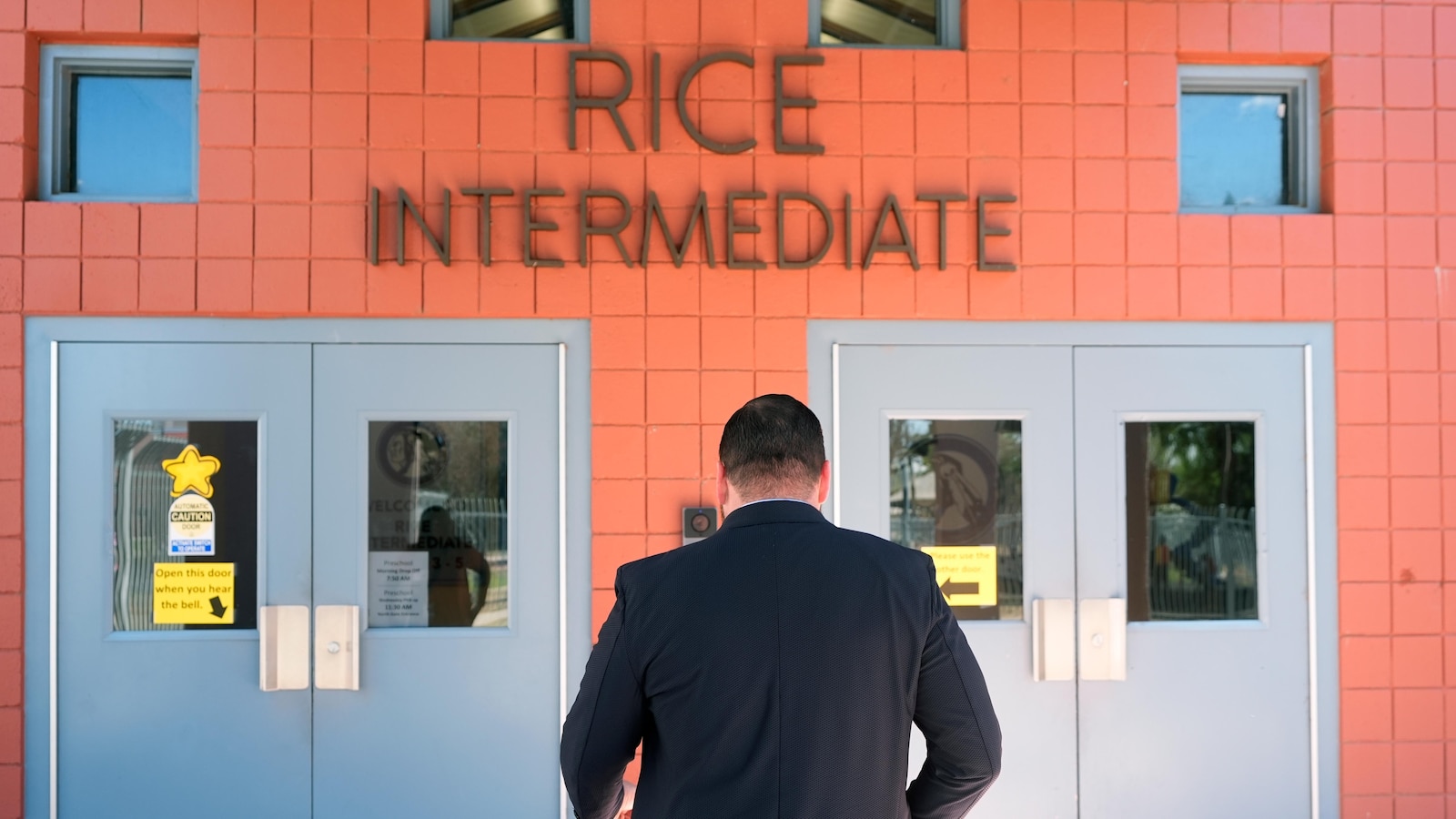The school attendance crisis facing Native American students has escalated to alarming levels, revealing deep disparities that predate the COVID-19 pandemic but have been exacerbated by it. This growing issue is not just about absenteeism rates; it reflects a broader struggle within Native communities, underscoring systemic inequities in education, healthcare, and infrastructure. In this article, we explore the root causes of Native American students’ absenteeism, the long-term implications for their educational outcomes, and the ripple effects on their communities. We will also highlight strategies and solutions to combat these challenges.
Introduction: A Deepening Crisis
For many Native American students, school attendance has become a significant barrier to educational success. Recent reports indicate a sharp increase in absenteeism rates across Native American communities, compounded by a variety of socio-economic, cultural, and infrastructural factors. These challenges are not new but have become more pronounced in the wake of the COVID-19 pandemic, which disrupted educational systems nationwide. While absenteeism affects students of all backgrounds, the issue is particularly acute for Native American children, whose communities often face historical and ongoing disadvantages.
The Historical Context: Structural Inequities
To understand the current crisis, it is essential to examine the broader historical context of Native American education. For centuries, Native communities have been subject to systemic marginalization, leading to a legacy of poverty, poor health outcomes, and limited access to quality education. In many cases, Native American students attend schools that are underfunded, overcrowded, and poorly equipped to meet their needs.
Historically, Native American education was designed to assimilate Indigenous children into Western society, often stripping them of their language, culture, and heritage. This legacy of forced assimilation has had long-lasting effects on the relationship between Native communities and formal education systems, resulting in a lack of trust in schools and educational institutions.
Impact of Historical Trauma
Many Native American students face a unique form of trauma stemming from their communities’ histories of displacement, violence, and cultural erasure. These experiences contribute to a higher rate of absenteeism, as students may not feel emotionally connected to schools that have historically been sites of alienation. Research has shown that students who do not feel valued or understood in their educational environment are more likely to disengage, which ultimately affects their academic performance.
Factors Driving Absenteeism in Native American Communities
Several factors contribute to the high absenteeism rates among Native American students. While the pandemic undoubtedly intensified many of these issues, the root causes have been longstanding and complex.
Poverty and Economic Barriers
One of the most significant contributors to absenteeism is poverty. According to the U.S. Census Bureau, Native American communities have some of the highest poverty rates in the country, with many families living below the federal poverty line. Economic instability leads to a range of challenges, from inadequate housing to food insecurity, that can make it difficult for children to attend school regularly.
- Lack of transportation: Many Native American students live in rural or remote areas, making access to transportation a major obstacle. In some cases, school buses do not serve these areas, forcing families to rely on unreliable or costly alternatives.
- Inconsistent access to technology: The shift to online learning during the pandemic highlighted the digital divide, with many Native American families lacking reliable internet access or the necessary technology to participate in remote education.
- Financial strain on families: Parents who are struggling to make ends meet may be unable to afford school-related costs such as supplies, extracurricular activities, or even transportation, which further complicates their children’s education.
Cultural Disconnect and Discrimination
Another significant challenge is the cultural disconnect that many Native American students experience in mainstream schools. Many students feel alienated in environments that do not recognize or value their cultural traditions, language, and worldview. This sense of isolation can lead to disengagement and, ultimately, absenteeism.
Additionally, Native American students are often subject to discrimination or microaggressions from peers and sometimes even teachers. This contributes to a hostile learning environment where students feel unwelcome, further contributing to their reluctance to attend school. According to a 2021 report by the National Indian Education Association (NIEA), nearly 30% of Native American students report experiencing bullying, a rate significantly higher than the national average.
The Consequences of Absenteeism
When Native American students miss school, the consequences extend far beyond academic performance. Chronic absenteeism is closely linked to higher dropout rates, lower graduation rates, and reduced college enrollment, all of which contribute to a cycle of poverty and underemployment in Native communities. Without a high school diploma or college degree, young Native Americans face fewer job opportunities, exacerbating the economic hardships that many families already face.
Absenteeism also has social and emotional consequences. School is not only a place for academic learning but also for social development and emotional support. When students are not present, they miss out on important interactions with peers and teachers, which can hinder their social skills and emotional resilience. This absence from school can lead to feelings of disconnection, low self-esteem, and an increased likelihood of involvement in risky behaviors such as substance abuse or criminal activity.
Addressing the Crisis: Solutions and Strategies
While the absenteeism crisis among Native American students is alarming, there are promising strategies being developed to address these issues. Several programs and initiatives are working to combat absenteeism by tackling its root causes and creating more supportive and inclusive learning environments.
Community-Based Solutions
One of the most effective solutions has been the development of community-based programs that involve Native American parents, elders, and leaders in the educational process. These programs focus on creating a culturally relevant curriculum that acknowledges the unique experiences and histories of Native communities. By incorporating Indigenous knowledge and values into the school environment, educators can foster a sense of belonging among Native American students, reducing absenteeism and promoting engagement.
Additionally, community partnerships can help address logistical barriers such as transportation and access to technology. By collaborating with local organizations and government agencies, schools can ensure that families have the resources they need to support their children’s education.
School and Family Engagement
Building stronger relationships between schools and Native American families is another key strategy. Schools that engage with parents through regular communication, workshops, and culturally responsive practices are more likely to see improved attendance rates. When parents feel involved in their children’s education, they are more likely to support regular school attendance and academic achievement.
For example, programs such as the National Indian Education Association (NIEA) advocate for increased parental involvement and community-driven solutions to education challenges. By creating a sense of shared responsibility, schools and families can work together to ensure that students attend regularly and thrive academically.
Policy and Systemic Change
Long-term solutions will require systemic changes at the policy level. Increased funding for Native American schools, improved access to mental health services, and the implementation of policies that address systemic inequities are essential for creating an educational environment where Native American students can succeed. Additionally, there needs to be a concerted effort to reduce discrimination and bias in schools, ensuring that all students feel welcome and valued.
Federal initiatives such as the Office of Indian Education are working toward improving educational opportunities for Native American students by offering grants for culturally relevant programs and providing professional development for educators. However, more work is needed to address the structural barriers that continue to impede educational access and success for Native American students.
Conclusion: A Path Forward
The crisis of absenteeism among Native American students is a complex issue that requires a multifaceted approach. Addressing the root causes—poverty, cultural alienation, and inadequate resources—requires not only community-driven efforts but also systemic changes at the local, state, and federal levels. By fostering greater engagement between schools and Native American communities, providing culturally relevant education, and addressing the socio-economic challenges that many Native families face, it is possible to reduce absenteeism and improve educational outcomes.
The path forward will require collective action from policymakers, educators, families, and community leaders. Together, we can ensure that Native American students not only have the opportunity to attend school but also thrive academically, socially, and emotionally. Ultimately, investing in the education of Native American youth is an investment in the future well-being of their communities and the nation as a whole.
See more TED Talks World



